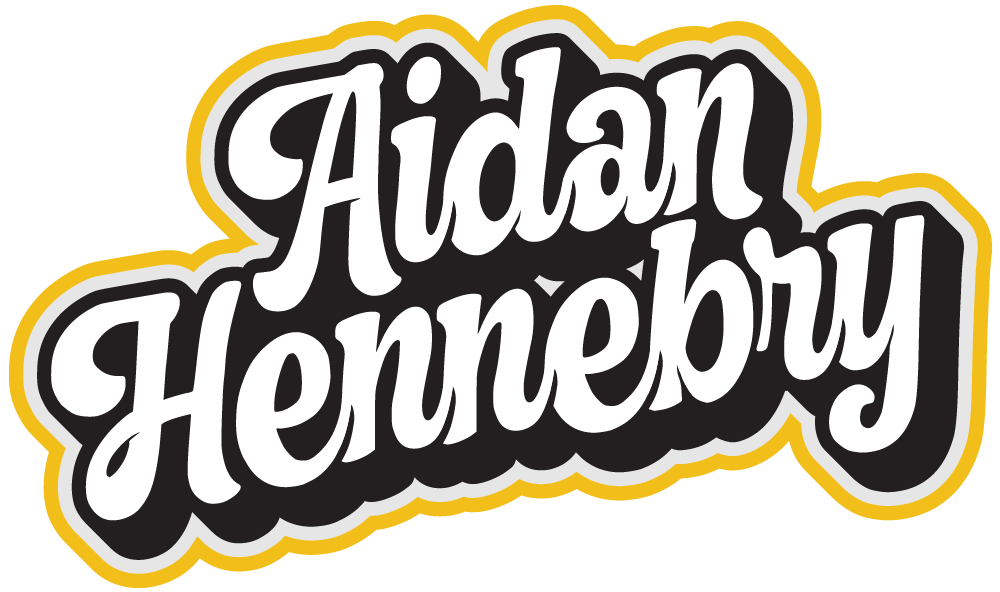Bonus Blog Elements [Blog Writing Series #4]
Part 1: Ideas & Research for blogs. Part 2: Frameworks. Part 3: Actually writing.
Now we get to the bonus writing elements of blog writing! Calling these “bonus” blogging elements might be a little misleading, because the reality is:
You should absolutely make an attempt to include these elements in your blog writing.
These elements are not just fun, or to make your article look pretty, but they help make your writing look more accessible to anyone considering reading it, and they help you considerably when it comes to ranking on Google.
Side note: Sometimes these will be easier to include in the editing stage, but I’m writing them here because other times it’s far more useful to think of them as you’re actively writing.
Here are smart elements to include in your blogs:
1. Bulleted or Numbered Lists
It’s as simple as that. Breaking things up into bullet points or numbered lists makes your article super skimmer friendly (and makes sure you know what your article is about!).
2. Notable Quotes / Key Takeaways
We’ve already covered this a bit in the last part of the series, but any time you can bold, underline, or just make big the key things you want your audience to remember, it’s good to do so. Remember, people skim most blogs! You still want to reach them as you write.
3. Proper Section Headers
If you don’t know how to use proper H1, H2, H3 tags with all your section headers, please do a quick Google search and look it up, because it is definitely an important factor in having proper ranking (as we discuss more in depth in the Part 6 on optimization). If you don’t utilize these elements properly, you may actually be hurting yourself, and that defeats the purpose of being proactive by writing in the first place.
4. Properly Sized Graphics with Alt Tags
I’m going to dive into more of the ‘properly’ sized portion of graphics in Part 6, but until then, know that there should be (at the very least) 1 image or graphic of some kind to accompany every blog you write. Even if it’s almost entirely irrelevant and just provides some visual interest, I highly recommend using images.
You have to be careful with sites like Unsplash.com which promise a lot of images completely free to use commercially but have been controversial in guaranteeing you aren’t at risk for copyright infringement, but assuming you’re a fairly small-traffic website with few readers, you’re probably fairly safe to use it.
As a photographer, I try to use my own images for stock photos when I need them (and I have my own personal stock library of over 1800 images; hit me up if you need access to it), but I would be lying to say I’ve never used Unsplash. Go for it if you need it.
5. A Relevant Quote
If there’s a trusted professional in your industry that you can ask for a quote (or just borrow with accreditation), it can be an easy way to jazz up your blog and provide a little more flavour. The more people you can get to say something that proves what you’re arguing, the better. 100 bonus points if you even get a photo of them to include alongside their quote.
6. A Summary
Most of my blogs end with (the very boring but useful) “In Conclusion” headline that precedes a short summary of everything I’ve just covered. Check out the one below for an example! I try to only very briefly reiterate everything I just spoke about, and usually encourage or commission readers to put into practice what I just taught them about.
7. Homework Questions
Similar to a summary but catchier, summarizing your article with a couple of questions that your audience can ask themselves to really take something away after reading is a great way to conclude your article. I highly recommend, if you’re going this route, to frame these questions as your audience asking themselves these questions, not you as the authority asking them. Making it more personal is never a bad thing.
8. Call to Action
What kind of marketer would I be if I didn’t encourage you to include a Call to Action (CTA) in your blog somewhere?
If there’s an opportunity to collect email addresses—whether in exchange for a free download or to join your mailing list—you should definitely take it.
I support putting CTAs at the bottom of your content because it weeds out anyone who didn’t care enough to read the full article, and by then you’ve hopefully earned the trust of your audience to warrant asking for their contact info. Sometimes you can put a CTA in the middle of your blog, and once in a while at the very top. Different marketers will recommend different practices: but I’d suggest you find what works best for you, and stick with that.
In Conclusion:
Not every blog is going to have every one of these elements. In fact, it would probably be bad if they did. But trying to tie in a handful of these bonus elements where it makes sense is going to take your writing to the next level.
Think of these as tools in your writing toolbox. They each serve a unique purpose, and the job dictates the tool you need. These won’t make a bad article good, but they could make a good article great.
Click below to read

